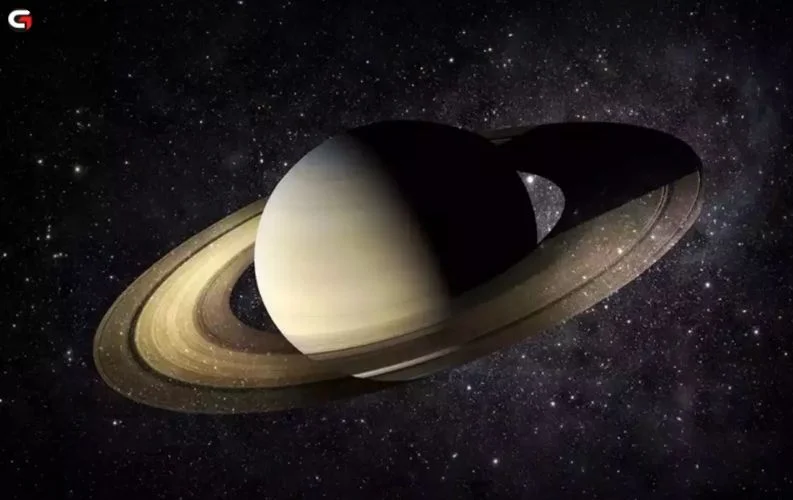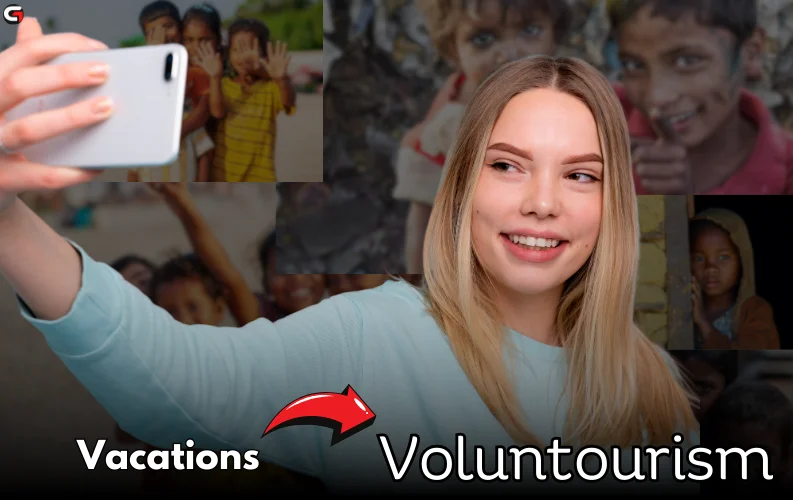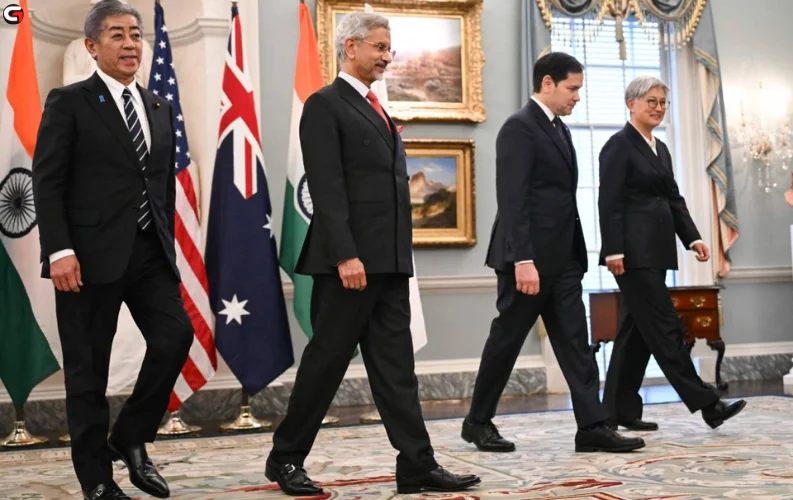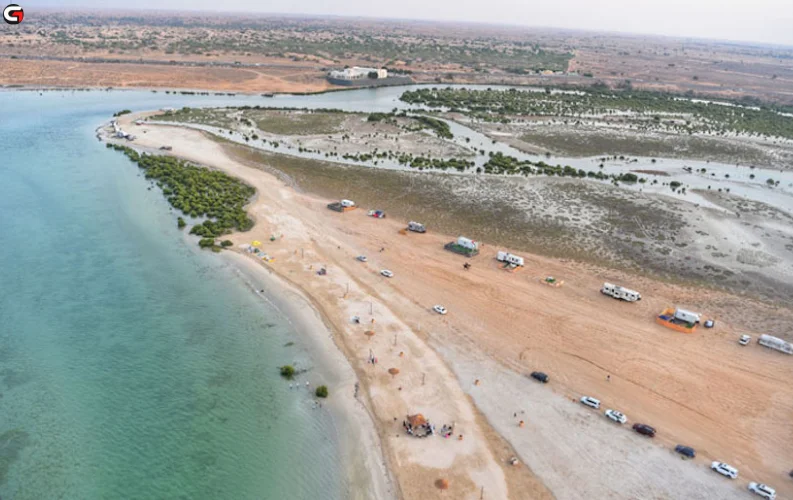On September 8, Saturn will reach its closest point to Earth this year, creating a breathtaking sight in the UAE night sky. Known as "opposition," this celestial event occurs when Saturn, Earth, and the Sun are perfectly aligned, with Saturn on the opposite side of the Sun. This alignment makes the planet appear brighter and larger, offering a stunning view of its rings and moons.
Khadijah Ahmad, operations manager at the Dubai Astronomy Group (DAG), explained that during this event, Saturn’s rings and its brighter moons, such as Titan, Rhea, and Dione, will be visible through telescopes. “Though the celestial spectacle can be seen with the naked eye, one would need a telescope to see the rings and moons,” she said. The opposition brings Saturn approximately 1.2 billion kilometers away from Earth, making it the best time to observe the planet's features.
For the best viewing experience, Saturn will be visible from sunset to sunrise, with the peak around midnight. The DAG is organizing a paid event in Dubai’s Al Lisaili Desert for those who wish to observe Saturn up close through telescopes.
This rare celestial event is a significant occasion for both astronomers and the general public, as it occurs approximately once every 378 days. It follows a series of recent astronomical events, including a 'blue' supermoon, a close conjunction of Mars and Jupiter, and the Perseids meteor shower.
Looking ahead, additional supermoons are expected on September 18, October 17, and November 15, providing more opportunities for stargazing enthusiasts in the UAE.
This blog will inform readers about the upcoming celestial event where Saturn will be at opposition, making it one of the brightest objects in the UAE night sky. It will explain the significance of Saturn at opposition, the best times and locations to view it, and tips for stargazing, including whether telescopes or binoculars are needed for the best experience. The post will also touch on the scientific aspect of the event, providing interesting facts about Saturn and its rings, and how such astronomical occurrences foster a greater interest in space exploration.






















